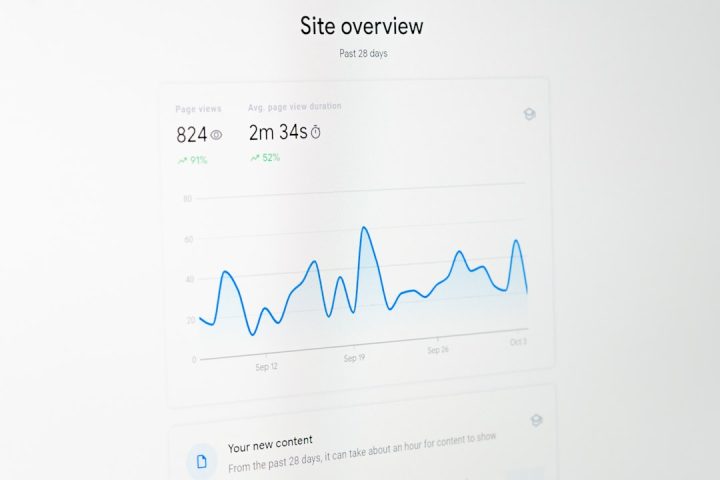Running a website used to mean juggling a dozen SEO tools and spending hours trying to please the Google gods. Keyword research, meta tags, backlinks—I lived and breathed it. But then, I let AI take the reins. What happened next? Buckle up. It was a wild ride.
I didn’t expect much at first. I started small. I connected my website to an AI-powered SEO tool. It promised to do all the hard stuff—analyze competition, optimize content, even write meta descriptions.
I thought, “Sure, go ahead, robot sidekick. Impress me.”
And impress me, it did.
Here’s what changed:
- The AI found better keywords than I ever could.
- It rewrote my headlines to be catchier and more clickable.
- It even suggested when I should post content.
Within two weeks, I was stunned. My daily traffic shot up by 40%. And wait for it—my bounce rate dropped like a rock.
But let me rewind a bit.
Before AI, SEO was like cleaning out a garage. You know it needs to be done, but it’s messy, confusing, and very easy to ignore. I’d spend hours updating titles, checking broken links, and hunting down the perfect keyword. Not fun at all.
Once I let the AI handle it, the difference was night and day. My site became faster, cleaner, and more organized. Google apparently loved it.
But it wasn’t just a traffic game.
The AI also helped improve my content. It scanned my posts, pointed out weak spots, and even helped rewrite paragraphs that didn’t make sense.
One of the coolest things? It could predict which article topics were trending and likely to get me clicks. I wasn’t just chasing keywords anymore—I was riding a content wave before it even hit the beach.
So, where did the traffic come from?
- Google ranked more pages on page one.
- Social media referrals doubled because my titles became irresistible.
- Old blog posts suddenly came back to life—they’d been updated and re-optimized by AI.
It felt like digital magic.
Of course, not everything was perfect. The AI made a few weird recommendations. Like adding “banana smoothie” to my coding tutorial post (uh, no thanks). It wasn’t always spot-on, but I could easily veto the bad ideas.
The best part? I had time again. Time to focus on actually creating great content, replying to readers, and sipping coffee without multi-tasking five SEO chores in the background.
Here’s what I learned:
- Letting AI help doesn’t mean giving up control.
- It’s like having an ultra-smart intern with a caffeine addiction.
- Traffic is fun, but better user experience is gold.
The AI never sleepwalked through the job. It was constantly learning, tweaking, and updating based on new trends. My content stayed fresh and competitive without me lifting a finger.
In short, AI didn’t just boost my traffic. It gave my website a whole new life.
Would I go back to doing SEO by hand? Not unless I’m trying to punish myself. This new way is smarter, faster, and way more fun.
So yeah, AI took over my website’s SEO. And no, I’m not fighting to get it back.
I’m too busy watching the traffic roll in.
